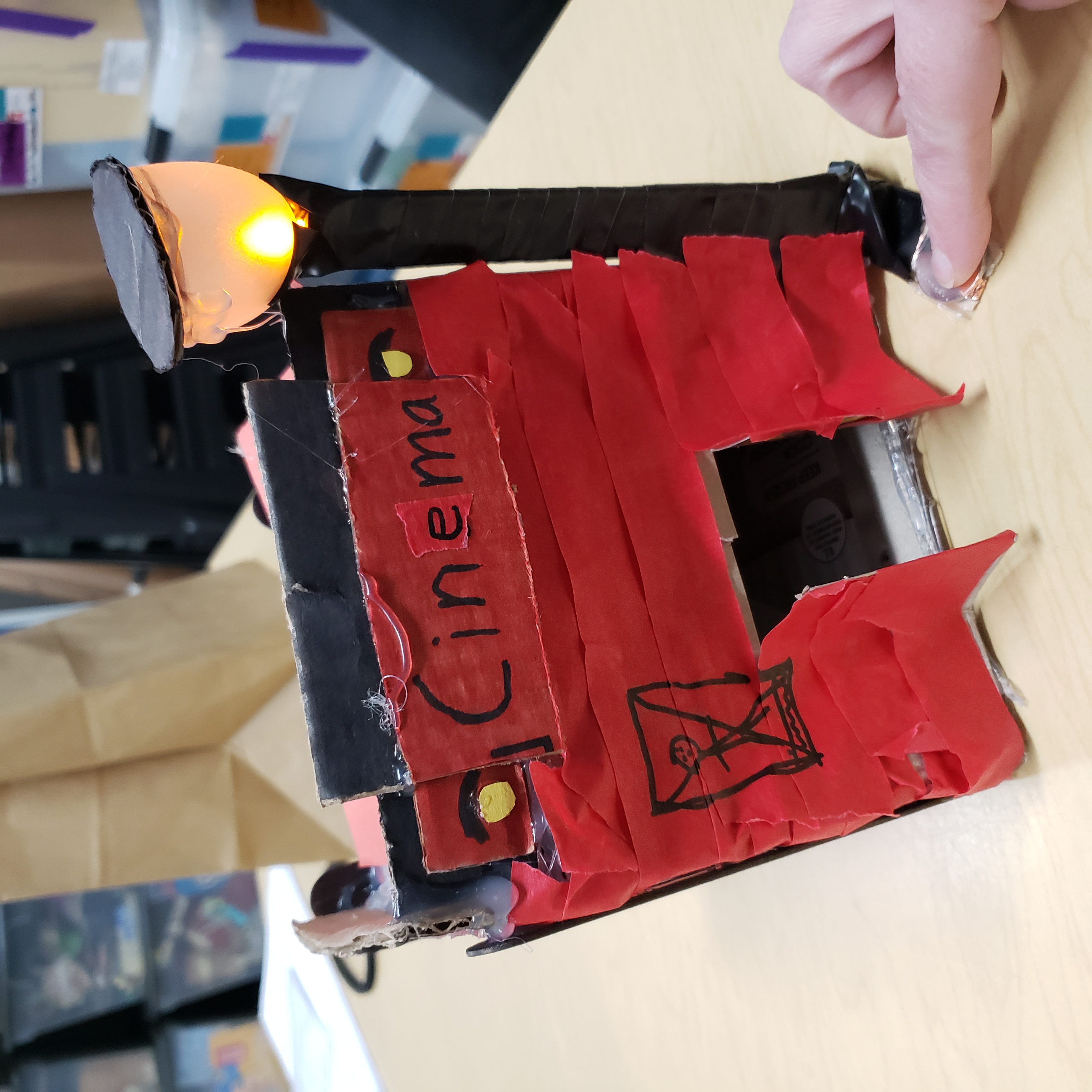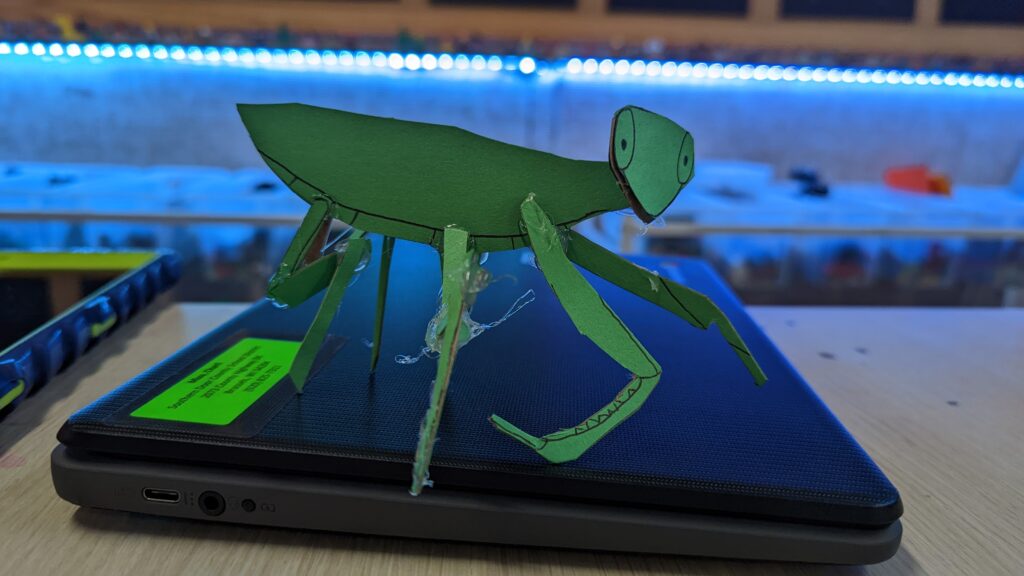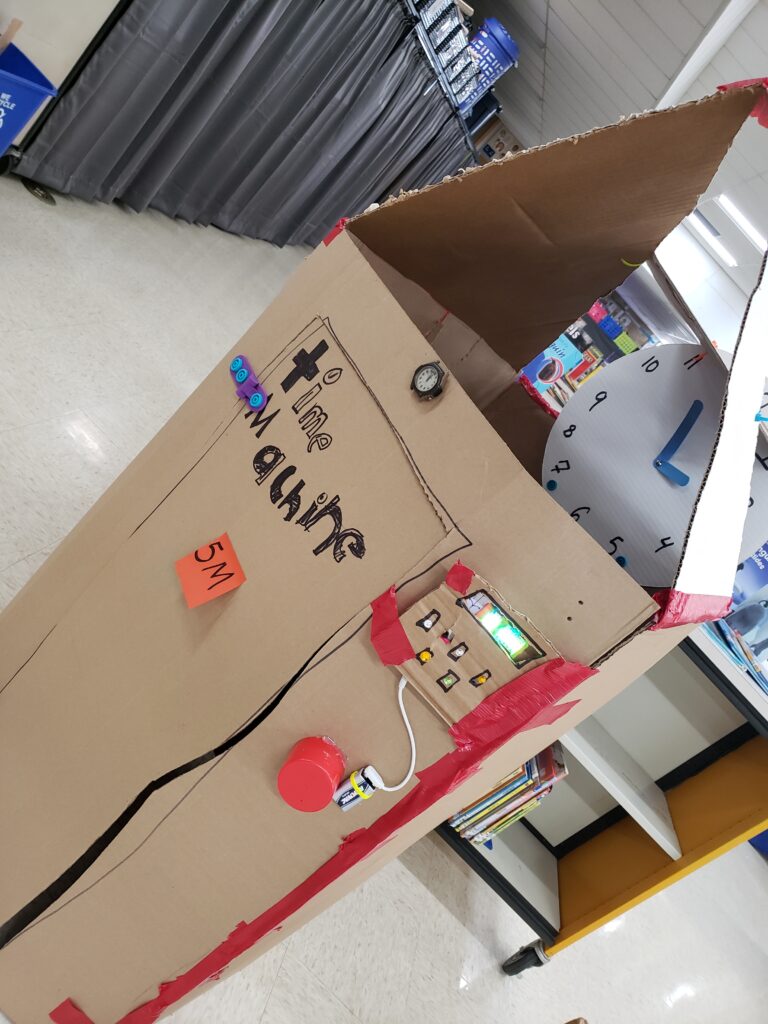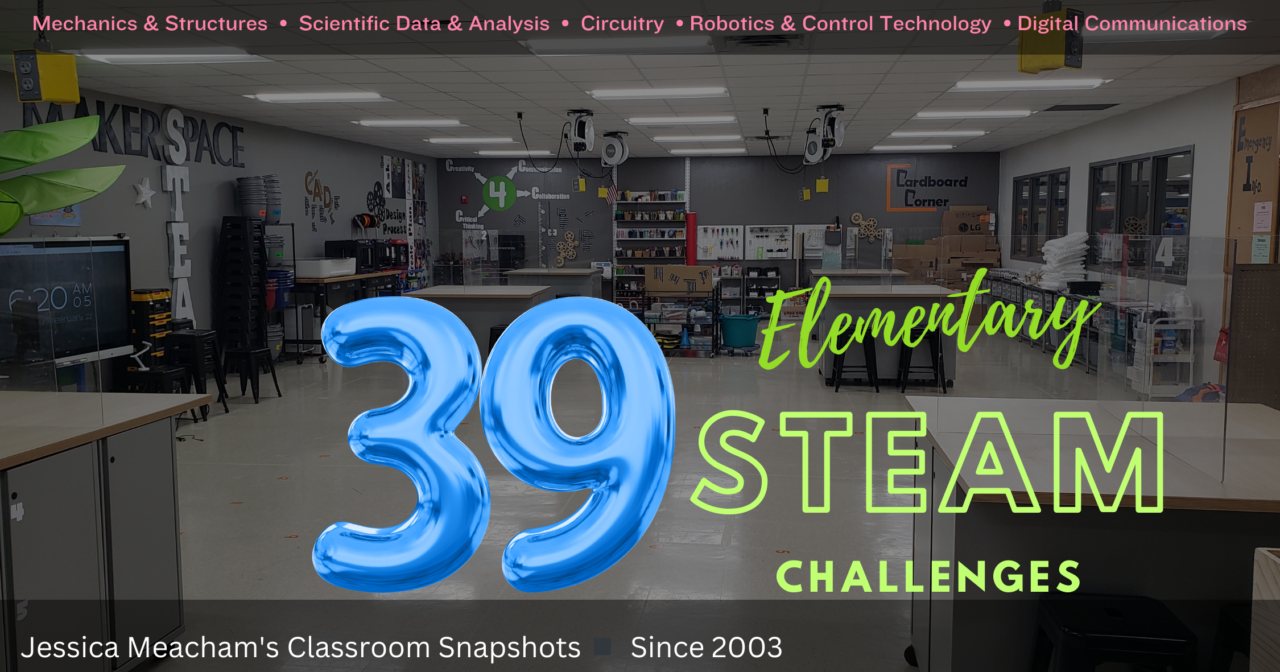Whew! This blog post has been a dream for a few years, and it is finally a reality, as I have just finished adding my 39th STEAM challenge post today. It’s been a busy summer and I was thrilled to be able to press “publish” on my last challenge blog post. There will be a few more added as the next school year progresses, but for now, what you see on the blog is what’s avaialable.

To make it easy, there’s one document that pretty much will lead you to the following things:
- Elementary STEAM Frameworks
- 6-Year Scope and Sequence Rotation Schedule
- 39 STEAM Challenges (Frameworks Addendum)
Click this arrow to access the document.


In a nutshell, the Elementary STEAM Frameworks document the standards that are covered for each grade level. The Frameworks give information about each of the five units we cover in steam:
- Digital Communications
- Robotics & Control Technology
- Circuitry
- Scientific Data & Analysis
- Mechanics & Structures
I don’t list each unit’s challenge because each challenge more than likely is integrated and draws from standards across multiple units. You’ll also find the Learning Targets and Success Criteria for each unit/standard) listed in these Elementary STEAM Framework Documents.

I created the 6-year Scope and Sequence to help me strategically place each challenge so that I can have some predictability when planning. It’s a way to organize the challenges. Some challenges are done once every six years. Some are done once every three years. Some are done every year.
I wanted to link to the challenge resources right within the Frameworks documents, but thought a standalone document (Frameworks Addendum) would be easier to create and update. On this document, you will see all challenges that we do over a six year period listed, with links to the blog post that gives more information and resources.
Grade Level Challenges mean that each grade level has specific criteria and constraints that make their challenge a little different than other grade levels. Think: Differentiation. Or, Grade Level might also mean that the grade level does a completely different topic/skill for that challenge. There is something different about the grade level challenge that makes it doable once per year, and students won’t say, “We’ve already done this!” =)
Schoolwide Challenges are a common experience for all grade levels. I differentiate the expectations for each grade so that, while they are all doing the “same thing” — the level of effort and skill for each grade is scaffolded to make success possible. We showcase our Schoolwide Challenges during Family STEAM Night.
When you access a Challenge Blog Post, you will have an opportunity to view pictures and videos. I don’t go in depth explaining each challenge’s ins and outs — so you’ll have to read between the lines so to speak to get the gist of what’s going on. I don’t write lesson plans. Rather I use the slide decks (also linked to each challenge blog post), and my 26+ years of experience as a teacher, as my guide when excecuting lessons.

Please reach out with any questions you might have! I like to connect with other educators.




4 Comments
Lots of 🙏🏽information
This is inspiring! I’m in my 3rd year as a K-5th STEAM teacher, thanks so much for sharing your creativity, resources, and organization!
With your Tiny Town schoolwide challenge, what do the criteria and constraints look like for K-1? How much prep work do you do ahead of time?
Hello! The criteria and constraints are the same for all grade levels, actually — and are on slide four: https://docs.google.com/presentation/d/1TRSXNRYk8nH2SMoKI8lLeYCNMGthnm19Zfd4-fxJEIk/edit?usp=sharing
For prep work, I just gather the supplies, or make sure that we have what we need where they are normally located.
I think that what might be helpful to know is that the level of help needed (teacher assistance) is greater at the K/1 level, than at the other levels (2nd-5th). They also use more simplistic circuits.